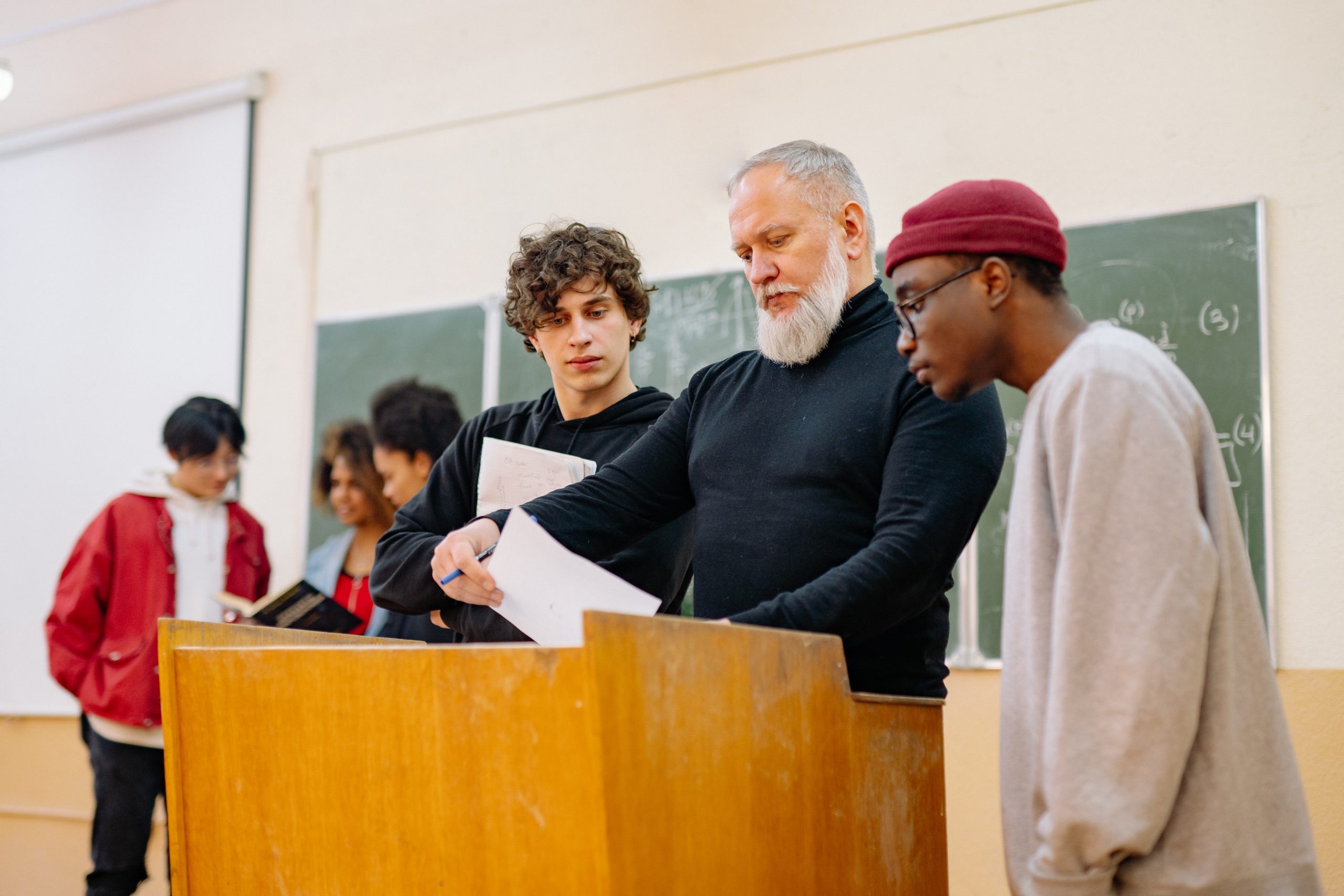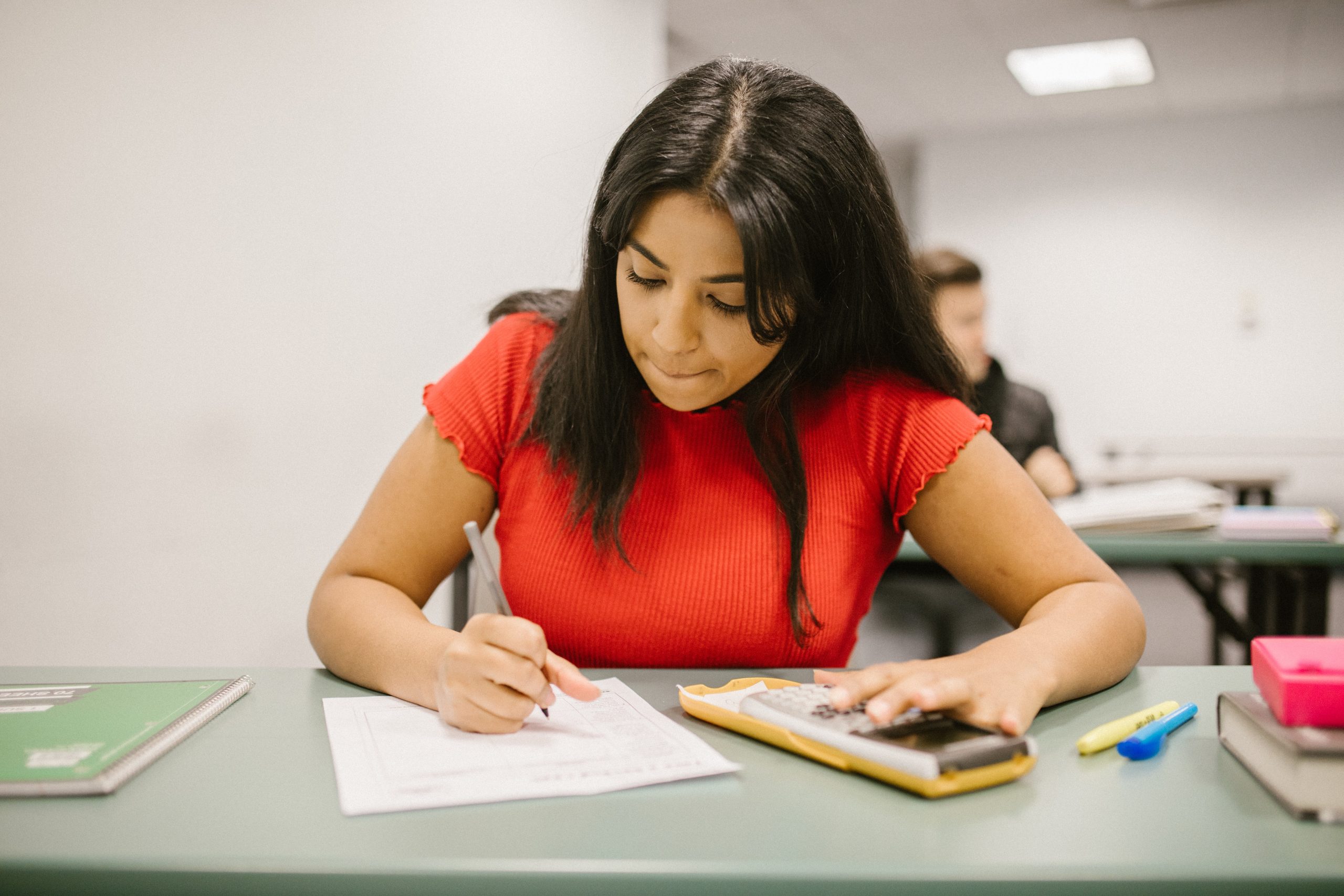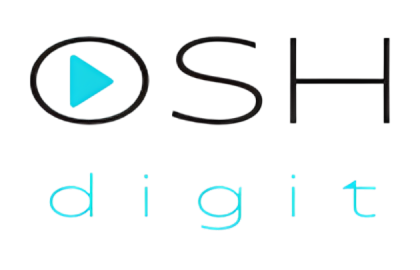Your cart is currently empty!
20. Student’s perception and feedback about the evaluation

The 21st-century competencies are different considering that with COVID-19 digitalization was boosted what brings the necessity to acquire new ones and re-evaluate teaching strategies, particularly because of the unpredictable situations related to relating to those times and the type of teaching context- online (Howe & Watson, 2021).
The 4 most reported are: critical thinking/problem-solving; creativity; communication and collaboration (Education 2030: Incheon Declaration and Framework for Action for the Implementation of Sustainable Development Goal 4, 2016).
PBL it´s a methodology capable to helps develop this kind of competencies in students. C. Alves et al., 2020b) conclude based on the students’ opinions generated during a focus group that the PBL methodology is well accepted by them. Reis et al., (2017) highlight positive aspects such as motivated students, enhancement of skills developed by the students in achieving the projects, pro-activity, teamwork improvement, autonomy, communication, commitment, problem-solving skills, innovative thinking, critical thinking, creativity and design capability.
Peer assessment and workload related to milestones are the characteristics PBL methodology seen by some as difficult processes and, in this learning methodology. The assessment must centre on the perspective of assess for and as learning, rather than the traditional optics of assessment of learning, (L. Earl & S. Kartz, 2006). Nevertheless, is important to include the students’ opinions to establish student-centred learning correctly in their learning process. The questions included in the resulting document (see “Students Perception Questionnaire file”) will predictably allow identifying strengths and weaknesses of the PBL approach.
-
10. Index

Students Construction of the coordination team of the project The role of the Tutor Description of the Project Presupposition Skills Development Timing Organization Evaluation Peer Assessment Self-reflection to collect student´s feedback about evaluation Resources Bibliography
-
11. Introduction

The OSHDigit project is an innovative and contemporaneous vision of the learning process and because of that the main objective is the introduction of new methodologies of teaching/learning. This learning concept fits into the teaching-learning model of active or cooperative learning (Lima et al., 2007). With the objective is developing new and refreshing methods of…
-
12. Students

This project includes Occupational Safety and Health students who want to acquire knowledge of the different programmatic contents. It is essential to connect with the team to accompany all development systematically. Having a remote connection and physical availability is imperative because some of the activities can also stimulate the interaction between digital and real realities.…
-
13. Project coordination team

The coordination team is composed of the teachers of the curricular units involved in this project, and that can give support to its development. That involves the tutors related to the different teams, the course director, and sometimes researchers from the educational area. The professors’ essential contribution is giving technical support to achieve the competencies…
-
14. The role of the Tutor

The role played by the tutor is very determinant in the performance of the team because the tutor is responsible for the stimulation of interest and for more detailed and profound research carried out during the learning process. The tutor verifies the capacities development defined by the Project Guide and the presentation of the final…
-
15. Description of the Project

The project developed in this scope does not have a singular answer. The requisite is to be challenging and constructive for the teams involved, and for all individuals. The students need to develop and demonstrate the skills obtained through the different curricular units athwart the project. Topic Usually, the topic is suggested by the university…
-
16. Presupposition Skills Development

The skills that should be developed by the students through the development of this project are illustrated in the following image: Essentially, it is intended that students can acquire knowledge from the different areas involved but furthermore that they can establish a relationship between the concepts and the subjects of all the curricular units. Cross…
-
17. Timing Organization

Organization of the first/second week- pilot project Time organisation becomes crucial to achieve the targets and positively evaluating the control points (see control points below). As such, an initial organization of the project must be presented in the beginning, which will work as a guideline that can be applied in the primordial phase (1st week)…
-
18. Evaluation

The final punctuation/score of the student is dependent on the methodology adopted by the different disciplines involved. This can depend on multiple and distributed moments of evaluation like tests, team papers, class participation, etc. This should be designed by the teachers and communicated to the students during the initial moments of each curricular unit. The…
-
19. Peer Assessment

Involving students in evaluation can be beneficial for the learning process. Falchikov (1995) defines peer assessment as an evaluative process through which teams of individuals rate their peers/mates. This assessment practice uses rating instruments or checklists designated to fill teams’ particular needs (Dochy et al., 1999). However, students and teachers still feel insecure about this…
